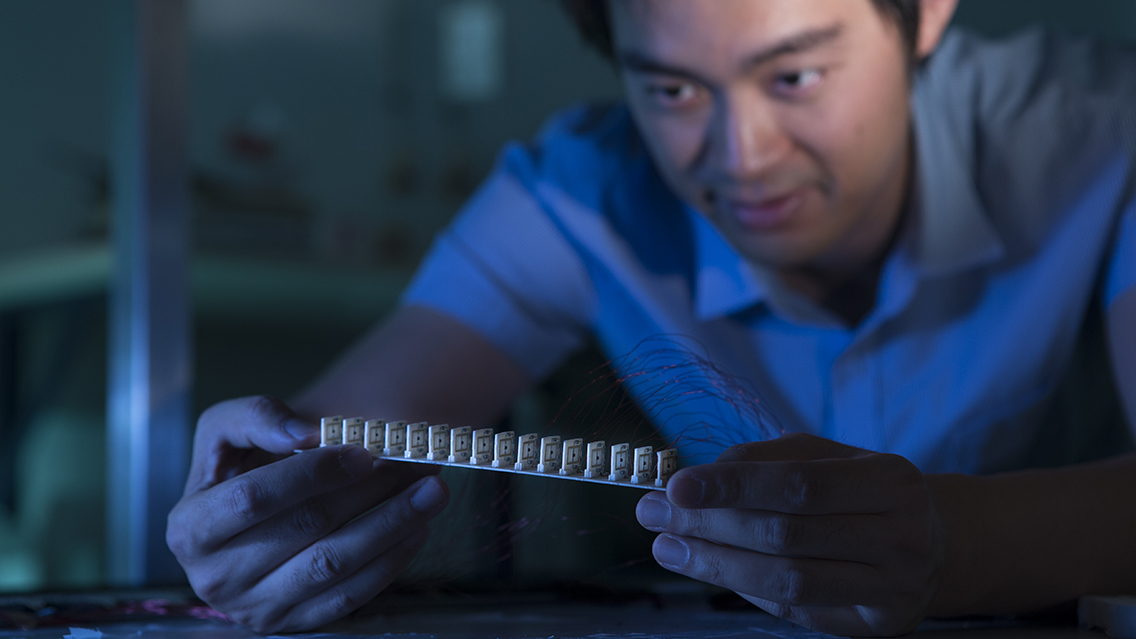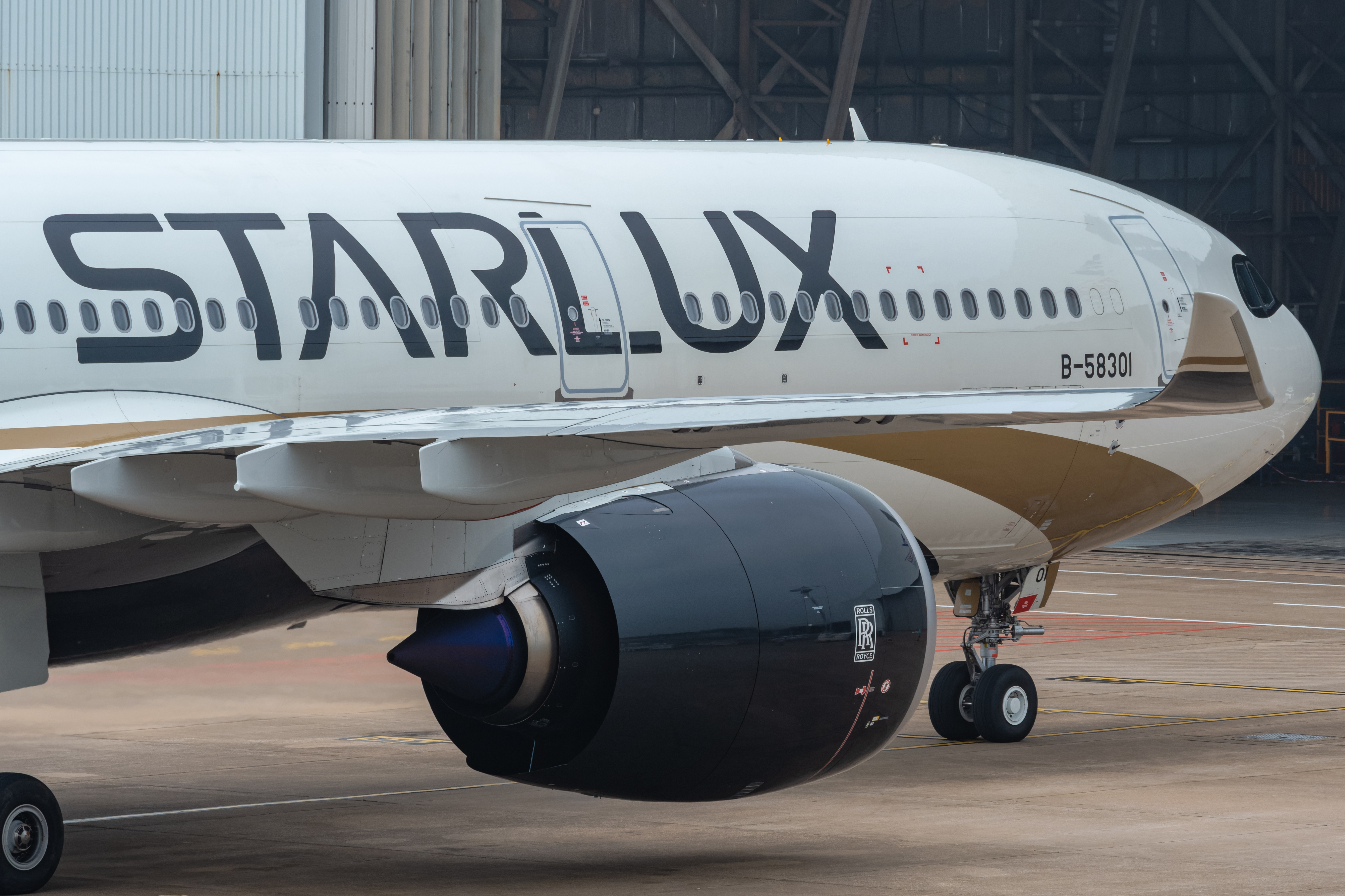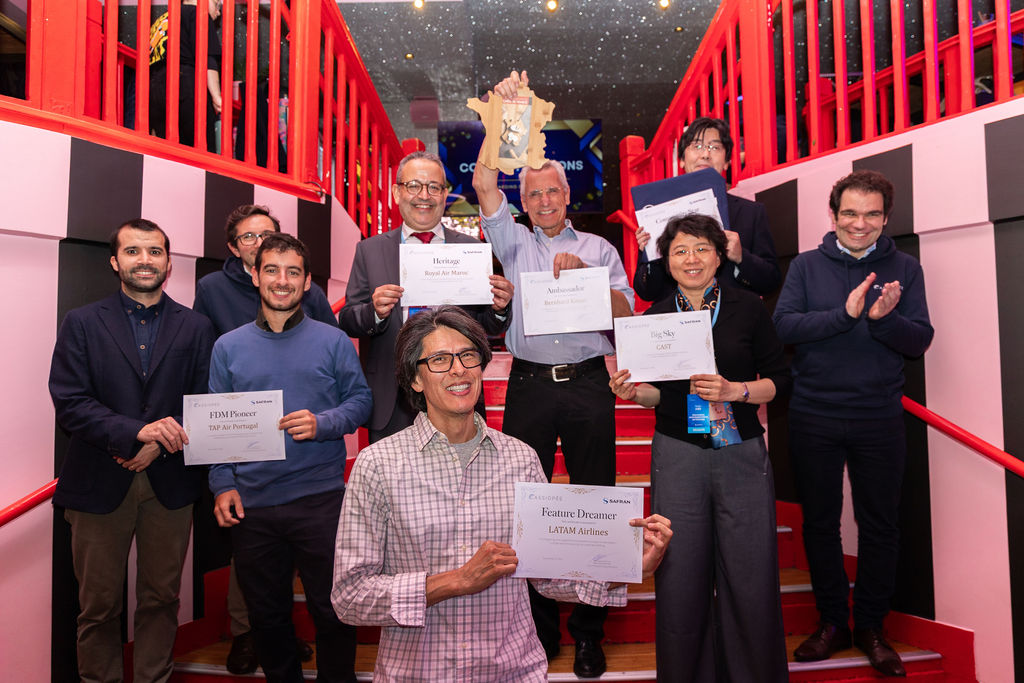
By Geoffrey Thomas
Published Sun Dec 16 2018
Long and irritating airport security queues could be a thing of the past after an Australian University research team developed a revolutionary device that could be developed into ultra-sensitive cameras for security screening.
A research team led by The Australian National University (ANU) says that the breakthrough could also lead to smaller and safer sensors for driverless vehicles.
Lead researcher Dr. Mingkai Liu said the research had already led to a proof-of-concept prototype device and provisional patent.
READ: World's safest airlines
The device is made with metasurfaces, which are ultra-compact complex structures that can control the direction of electromagnetic waves to perform highly advanced sensing functions says ANU.
According to Dr. Liu from the Nonlinear Physics Centre at the ANU Research School of Physics and Engineering the “device can sense the entire environment surrounding it with unprecedented precision – previously, multiple fixed sensors pointing towards different directions would be required to achieve this.”
Dr. Liu said the concept could benefit the development of super-sensitive cameras for security systems at airports.
“These future cameras could identify hazardous devices or dangerous chemicals in people’s carry-on baggage when they walk through an airport, without needing them to queue up and go through the various procedures that are necessary now,” he said.
“Unlike conventional cameras used in CCTV, this type of camera cannot recognize people’s faces.”
Dr. Liu said the concept could provide a new foundation for next-generation electromagnetic devices, including more compact sensors for driverless cars and other vehicles that can help to overcome the safety challenges encountered in today’s technologies.
These safety challenges include sensing hazards in rough weathers or narrow spaces.
The work, which involved the School of Engineering and Information Technology at the University of New South Wales, Canberra, is published in Physical Review X.
Have questions or want to share your thoughts?
Get In Touch








